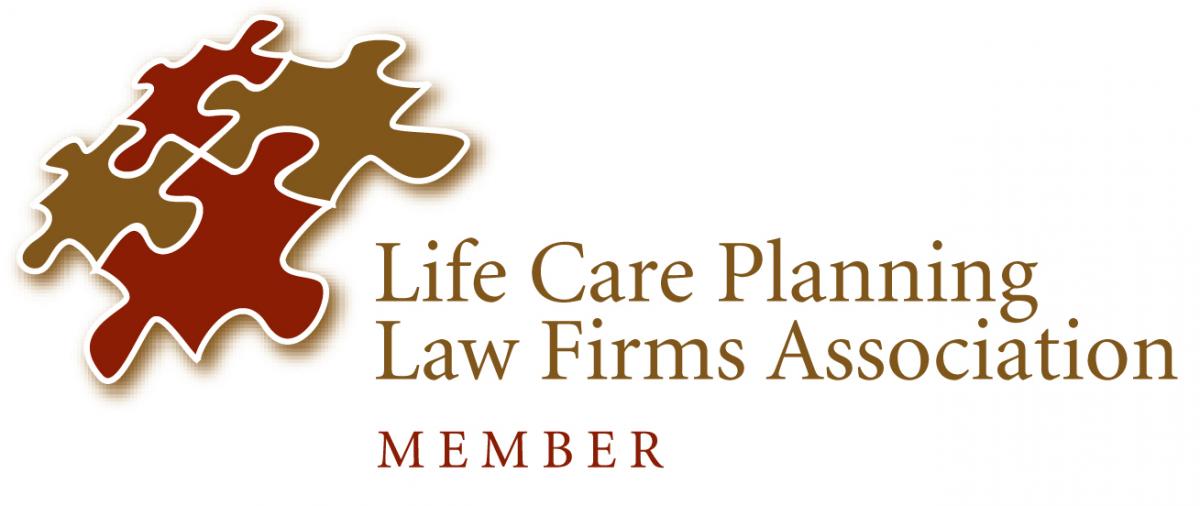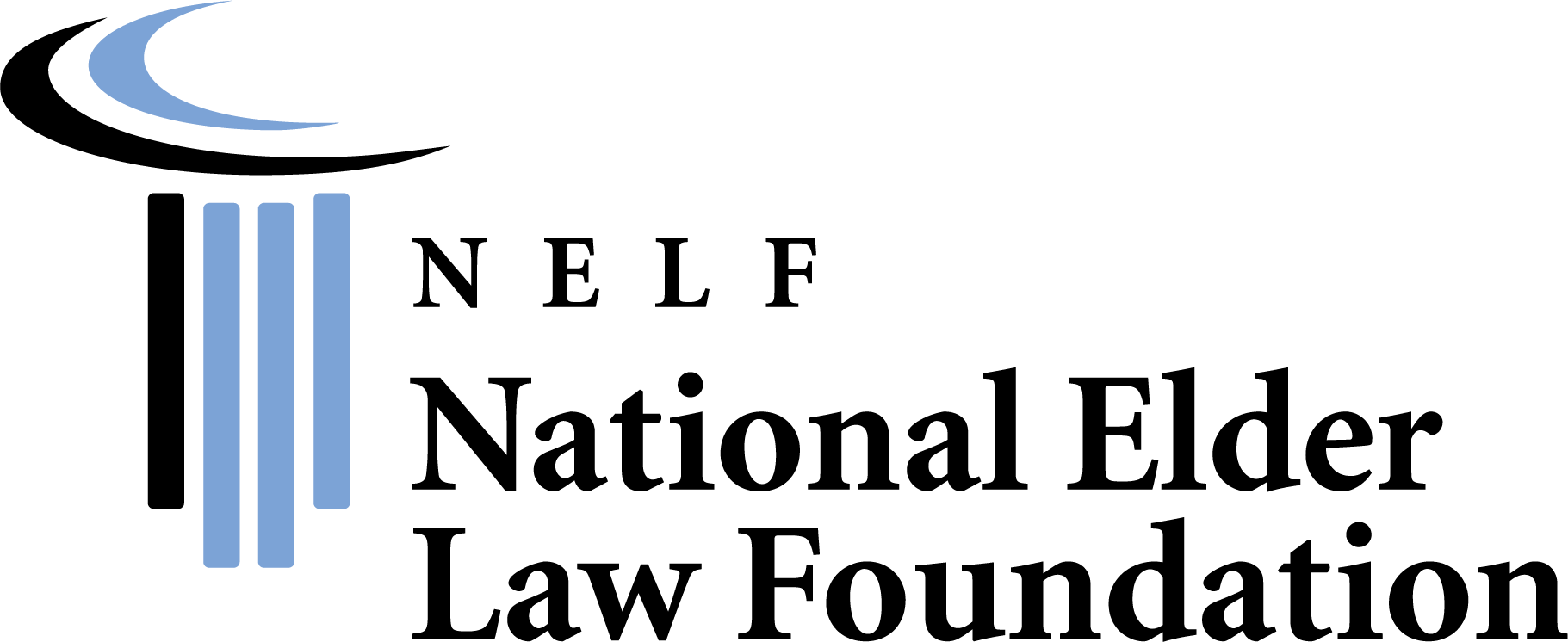POSTED IN: General Info
TAGS:
Share this
Nutritional needs change and many seniors are not eating as well as they should, leading to poor nutrition or malnutrition which can easily be mistaken as a disease or illness. There are many reasons that bodies change as aging occurs, including perceptual, physiological and age-related conditions. Changes influence the performance of the body as a whole which in turn influences eating, nutritional intake and overall health.
Perceptual changes influence nutrition. They include hearing, smell and taste, as follows: Hearing – Diminished or loss of hearing affects nutrition and food experience; the inability to hold a conversation with an eating partner at a social function can limit one’s food experience. Smell – The loss of smell can have a huge impact on the types of food one chooses to eat as there is a loss of satisfaction that can lead to poor food choices. Taste – As taste buds decrease, so does the taste for salty and sweet, often times making food taste more bitter or sour.
Physiological changes later in life include those involving energy and function. Energy – the expenditure of energy decreases with advancing age because of a decrease in basal metabolic rate and physical activity, thus decreasing caloric needs. Function – Bodies begin to experience a decrease in kidney function, the redistribution of body composition and changes in the nervous system.
Other aging-related changes that affect nutritional intake are: Dentition – the makeup of a set of teeth, the loss of teeth and/or ill-fitting dentures can lead to avoidance of certain foods, like hard or sticky foods. Gastrointestinal changes – Chronic gastritis, constipation, delayed stomach emptying and gas – may lead to avoiding healthy foods such as fruits and vegetables.
Seniors often are affected by malnutrition and vitamin deficiencies; both are seen in varying degrees in the elderly. Malnutrition is due to under nutrition, nutrient deficiencies or imbalances. Symptoms are loss of appetite, general malaise – lack of overall interest and wellness. Malnutrition may be the result of some socioeconomic risk factors, such as: (1) Fear of personal safety which may affect their ability to go grocery shopping; (2) financial concerns; (3) institutionalization or hospitalizations that do not ensure adequate nutrition; (4) lack of interest in cooking or eating alone; or (5) loss of a spouse or family member. Vitamin deficiencies include inadequate intake of vitamin A, B, C, D, E, folic acid and niacin. Ensuring adequate nutrition and proper intake of vitamins and minerals will help keep the aging population feeling more vital and ultimately healthier, thus using prevention rather than intervention. For detailed information go to the U.S. Department of Health and Human Services DASH eating plan. https://www.nhlbi.nih.gov/health/health-topics/topics/dash
Share this
Subscribe to our blog and monthly newsletter.
Subscribe to blog and newsletter
Share
Featured Resources
Sorry, we couldn't find any posts. Please try a different search.











